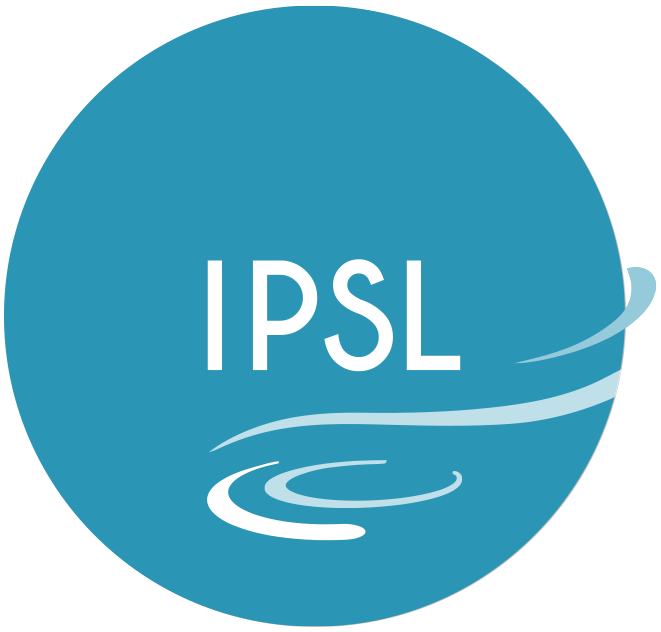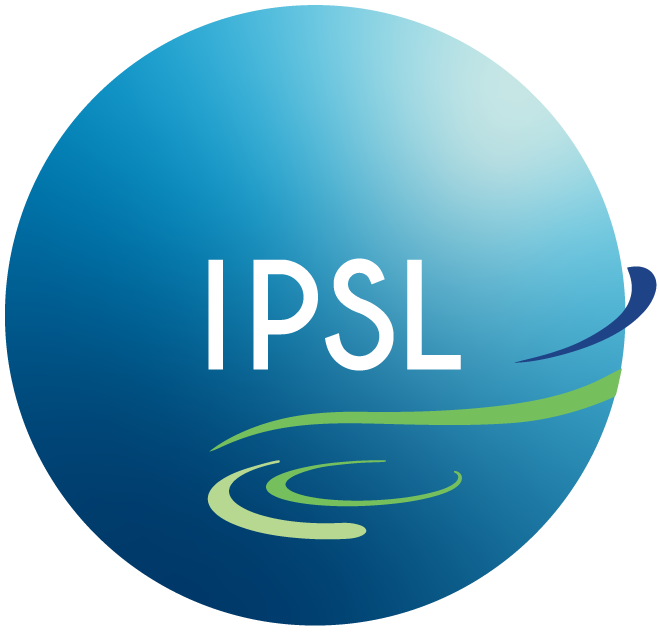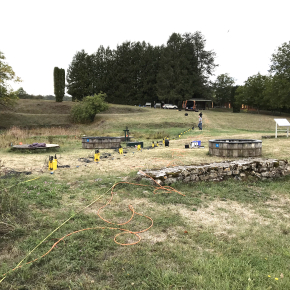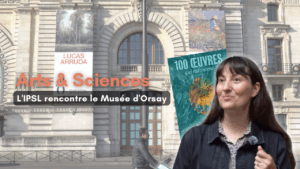Séminaire
Observation par satellite des nuages de glace perturbés
Johannes Quaas
L’exposé de Johannes Quaas combine des études sur les perturbations des nuages de glace en analysant les observations par satellite. The talk combines studies of perturbations to ice clouds by analysing satellite observations.
Description
The talk combines studies of perturbations to ice clouds by analysing satellite observations. A first focus is on the microstructure of ice clouds that now can be analysed thanks to a retrieval of the ice crystal number concentration, Ni, from spaceborne lidar and radar. Cirrus are perturbed for example by aviation. A statistical analysis of cirrus before and after an aircraft is performed to demonstrate an enhancement in Ni. In the Arctic, boundary-layer clouds consist of ice.
Since climate change is particularly strong in the Arctic, and since clouds may exert a warming rather than cooling radiative effect, it is important to understand potential feedbacks. There are different sources of ice nucleating particles over sea ice and ocean. For this reason, a statistical analysis is performed: the result is that Ni is larger over sea ice than over open ocean. A second focus is on ice formation, specifically because rain virtually always stems from ice-containing clouds. We demonstrate that clouds affected by pollen are more readily glaciated, with consequences for rain frequency.
Informations supplémentaires
Lieu
IPSL
Campus Pierre et Marie Curie
4, place Jussieu 75005 Paris
Tour 45-55, 2e étage, salle 201
En visio
https://cnrs.zoom.us/j/91914260133?pwd=TWJxaWpCUHJ3d0RKQXV3NVc4ZHZrdz09






